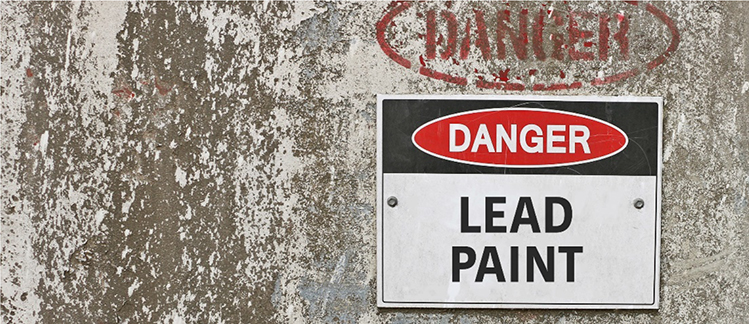
SCIENCE LESSON FOR TODAY!
Inorganic lead is a malleable, blue-gray, heavy metal that occurs naturally in the Earth’s crust. Lead was one of the first metals used by humans and consequently, the cause of the first recorded occupational disease (lead colic in a 4th century BC metal worker). Lead can be used as a pure metal, combined with another metal to form an alloy, or in the form of a chemical compound. Lead-formed alloys are typically found in ammunition, pipes, cable covering, building material, solder, radiation shielding, collapsible tubes, and fishing weights. Lead is also used in ceramic glazes and as a stabilizer in plastics.
There is an estimated 6.1 million lead pipe service lines for potable water systems still in use in the U.S. creating the potential for lead exposure in drinking water. This is prompting the U.S. Environmental Protection Agency to work with states and communities to modernize the outdated water infrastructure. Lead was used extensively as a corrosion inhibitor and pigment in paints but concerns over its toxicity led to the CPSC in 1977 to ban the use of lead in paint for residential and public buildings.
CONTROLLING EXPOSURE
Lead enters the body primarily through inhalation and ingestion. Today, adults are mainly exposed to lead by breathing in lead-containing dust and fumes at work, or from hobbies that involve lead. Lead passes through the lungs into the blood where it can harm many of the body's organ systems. While inorganic lead does not readily enter the body through the skin, it can enter the body through accidental ingestion (eating, drinking, and smoking) via contaminated hands, clothing, and surfaces. Workers may develop a variety of ailments, such as neurological effects, gastrointestinal effects, anemia, and kidney disease.
Workers are exposed to lead as a result of the production, use, maintenance, recycling, and disposal of lead material and products. Lead exposure occurs in most industry sectors including construction, manufacturing, wholesale trade, transportation, remediation and even recreation.
Construction workers are exposed to lead during the removal, renovation, or demolition of structures painted with lead pigments. Workers may also be exposed during installation, maintenance, or demolition of lead pipes and fittings, lead linings in tanks and radiation protection, leaded glass, work involving soldering, and other work involving lead metal or lead alloys. Another source of environmental exposure to lead is from workers who take home lead dust on their clothing and shoes.
